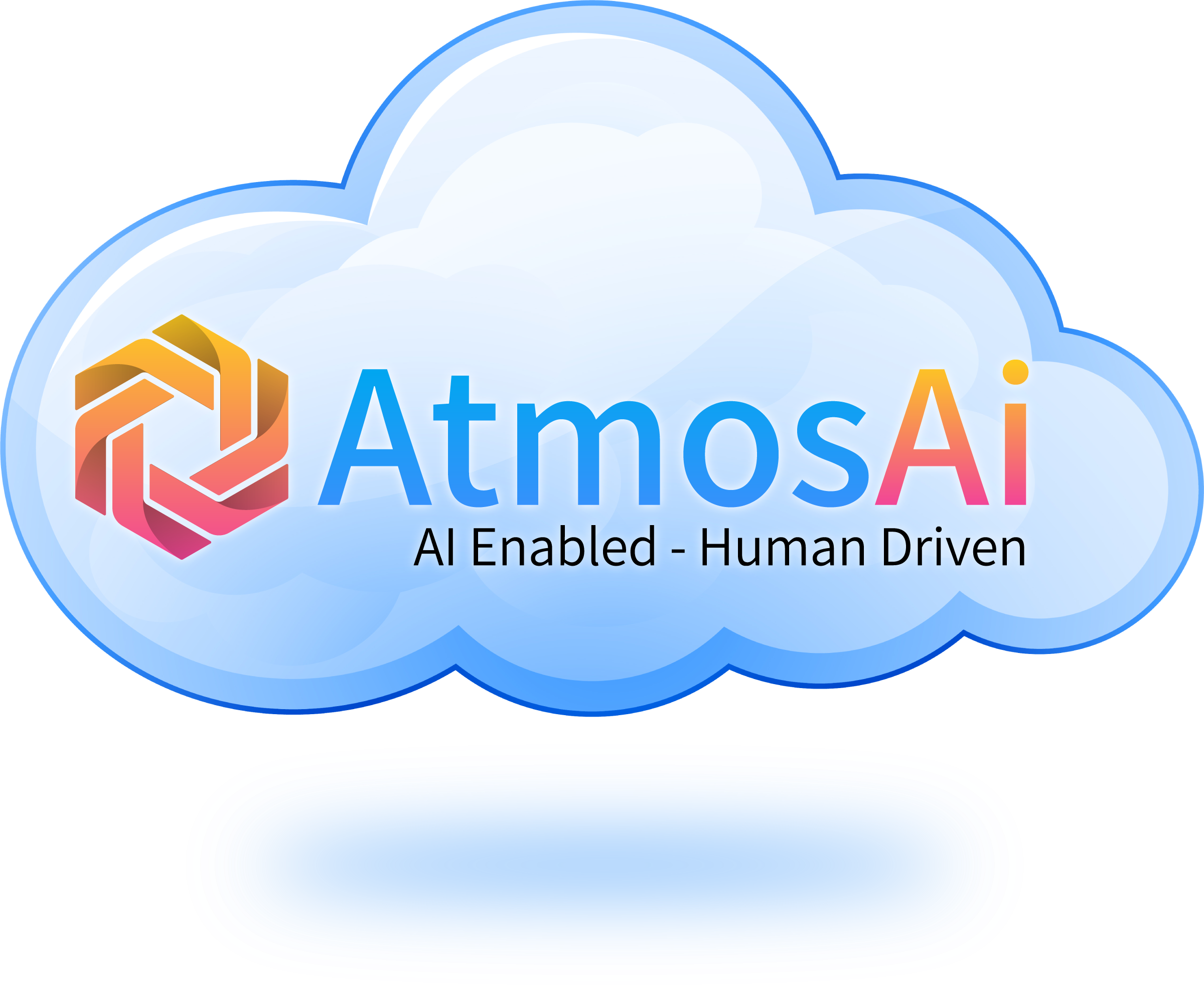- 5 min read
- Feature
 At SalesTitan, we want to ensure that you have the ability to restrict data viewing and editing to its intended users. For this reason, we provide a variety of permissions for you to customize! Including the following:
At SalesTitan, we want to ensure that you have the ability to restrict data viewing and editing to its intended users. For this reason, we provide a variety of permissions for you to customize! Including the following:
- Board permissions (types and restrictions)
- Column permissions
- Dashboard permissions (types and restrictions)
- Account permissions
This article will summarize all SalesTitan restriction capabilities in one location; continue reading to learn more.
Board permissions and restrictions
On the board level, the form of the board you use allows you to restrict who on your account can view your board, whereas board permissions determine whether other users can view or modify the board.
Let’s examine the following two options.
Board types
We offer three distinct categories of boards at SalesTitan: Main, Shareable, and Private. The difference between them rests in the accessibility levels they provide, despite the fact that they all have the same kind of structure.
Show me the different board types.
- The main platforms are accessible to all team members within your account. Any Main board that you create is instantaneously visible to and accessible to your entire team.
- Shareable boards are used when you want to share a board with individuals outside of your organization, such as clients, apprentices, or independent contractors. You can invite these individuals as guests through your account, and only those you invite will have access to this board.
- Private boards are only visible to the individual who created the board and the specific users they invite. Private boards are for internal use only, so you cannot welcome visitors and can only invite team members to participate.
Note: Shared boards are available beginning with the Standard plan, while private boards are available beginning with the Pro plan.
Within each board, the board owner(s) have the ability to restrict what information other board members can alter or view. To access board permissions, click the three-dot menu in the upper-right corner of your board and select “Board permissions.”

Our board permissions have six distinct configuration choices divided into two groups: viewing permissions and editing permissions. You can modify who can view what on your board using the “Viewing permissions” settings, and you can modify who can change what on your board using the “Editing permissions” settings.

Check out this article for further information on board permissions.
Column permissions
With column permissions, board owners can determine which columns can be viewed or edited by other board members. This is particularly useful if you have sensitive information that you don’t want other users to view or modify!
To access column permissions, select the three-dot menu to the right of the column’s title, then “Settings,” and then choose whether to restrict column editing or viewing.

Using column restrictions, you can do the following:
- Restrict column edit: This permission enables you to restrict the ability to alter columns to board owners and other individuals you specify.
- Restrict column view: With this permission, you can restrict column viewing access to board owners or other select individuals. On their end, all other users will not see the restricted column.
Dashboard permissions
Moving beyond board-level permissions, dashboard permissions or restrictions give the dashboard proprietor control over what information can be viewed or modified at the dashboard level. There are two methods to customize dashboard restrictions:
- Setting the dashboard type
- Managing dashboard owners
Let’s examine both of these alternatives!
Dashboard types
Main and Private dashboards are the only two varieties we offer. However, unlike boards. Main dashboards can be viewed and interacted with by any team member in your account, whereas Private dashboards can only be viewed by those to whom the dashboard owner(s) chooses to subscribe.

This permission can be set during dashboard creation or by modifying the dashboard type via the three-dot menu in the upper-right corner of an existing dashboard.
Dashboard ownership
When it comes to restricting the altering of a dashboard, only the dashboard proprietor can modify the dashboard and its apps and elements. To locate the dashboard owner(s), click “Share” at the top of the dashboard and then “Subscribers & Guests”:

The creator of the board is automatically the dashboard owner by default. (indicated by a blue crown next to their name). To add more owners, a dashboard owner can click on the grey crown indicator next to the subscriber’s name to transform it blue, thereby making the subscriber an owner and granting them access to modify the dashboard as well!
Account permissions
Maintain account-level control over who can do what by configuring account permissions. This form of permission enables the administrator of an account to manage which users have access to specific features readily!

And that’s the end! We trust this article has equipped you with the knowledge required to comprehend SalesTitan permissions from the board level to dashboards, and accounts.
For further questions, please visit our Knowledge Center. To view the Knowledge Center, click the Home Page icon the top right of your page, then select “Support” and make you way to “Help Center” in the bottom left. If you have additional questions, please feel free to contact our team by selecting the blue “Contact Us” button.

